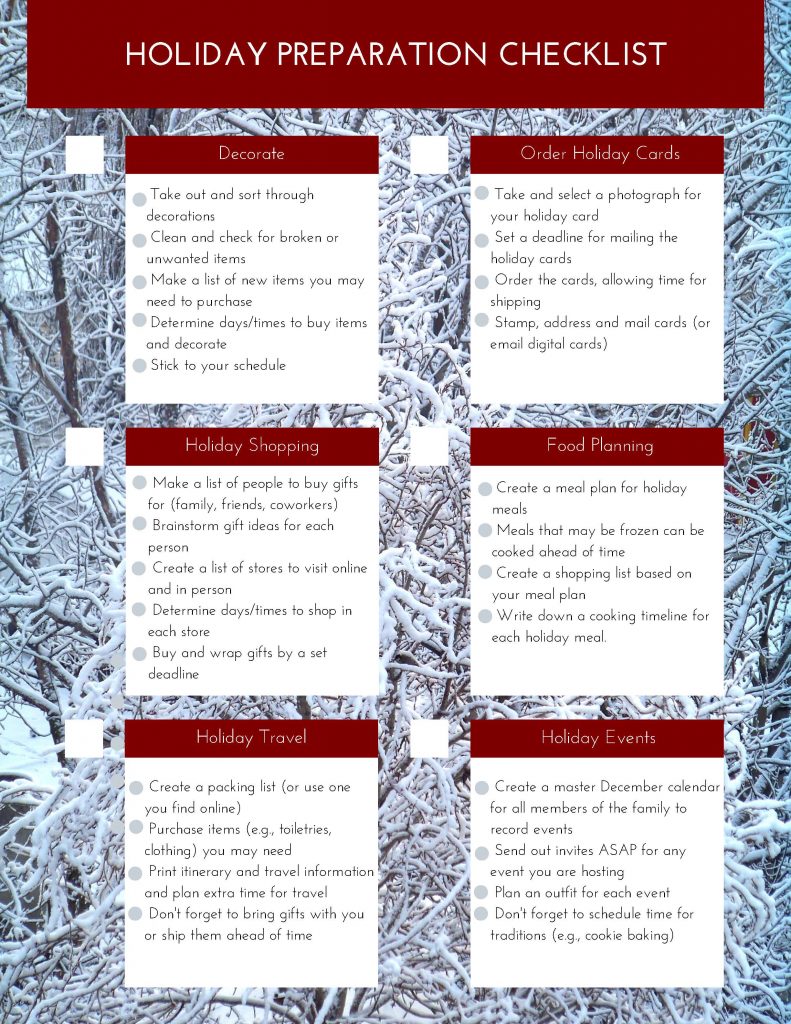We’ve all been there. It’s 7:30 on a weeknight. You’ve worked hard all day and are starving, but there are no leftovers, or not enough to make a full meal. Your fridge is filled with an assortment of unprepared healthy foods: raw kale, half a cucumber, two raw potatoes, and a pack of still-frozen uncooked chicken thighs. How long will it take to combine these ingredients into something that everyone will eat? You’re hangry, and DiGiorno ends up on everyone’s plate for the third time this week.
With many people stuck at home due to the COVID-19 pandemic, we supposedly have more time to cook or prepare fresh meals. I don’t know about you, but I can’t say that I have all the time I would like to do everything I dream of, even now. However, more and more research is emerging that shows what we eat affects the health and function of our brain, and it’s in our best interest to eat in a way that supports our mental capabilities. With that in mind, I’m making an effort to incorporate more organization and planning into my meals so that I can successfully eat healthy foods.
Make a plan
- Plan out your week of meals so you don’t need to go to the grocery store five times a week.
- Make a list before going to the grocery store and check to make sure that you indeed don’t have those ingredients before leaving home.
- Set reminders on your phone or schedule specific meals for certain days, especially if you need to use an ingredient before it expires.
Time management
- Use our Guess/Actual Timesheet to learn how long it actually takes to prepare some of your favorite healthy meals so that you can schedule them appropriately.
- Make a list of the different things you want to cook and how long they take. Can you cook several things in the oven at the same time? Can you multi-task if two foods need to be prepared simultaneously?
- Don’t have time in the mornings? Make overnight oats the night before! If a smoothie is all you can stomach, cut up ingredients over the weekend and put them into serving-sized bags that you just need to dump into the blender.
Nobody is perfect, and we shouldn’t feel ashamed of doing the best we can in our busy lives. However, incorporating some of these tips might help you pull off a few well-planned meals throughout the week and teach your children healthy habits. After all, executive functioning skills are as important for work and school as they are for home life!
 THINKING ORGANIZED
THINKING ORGANIZED